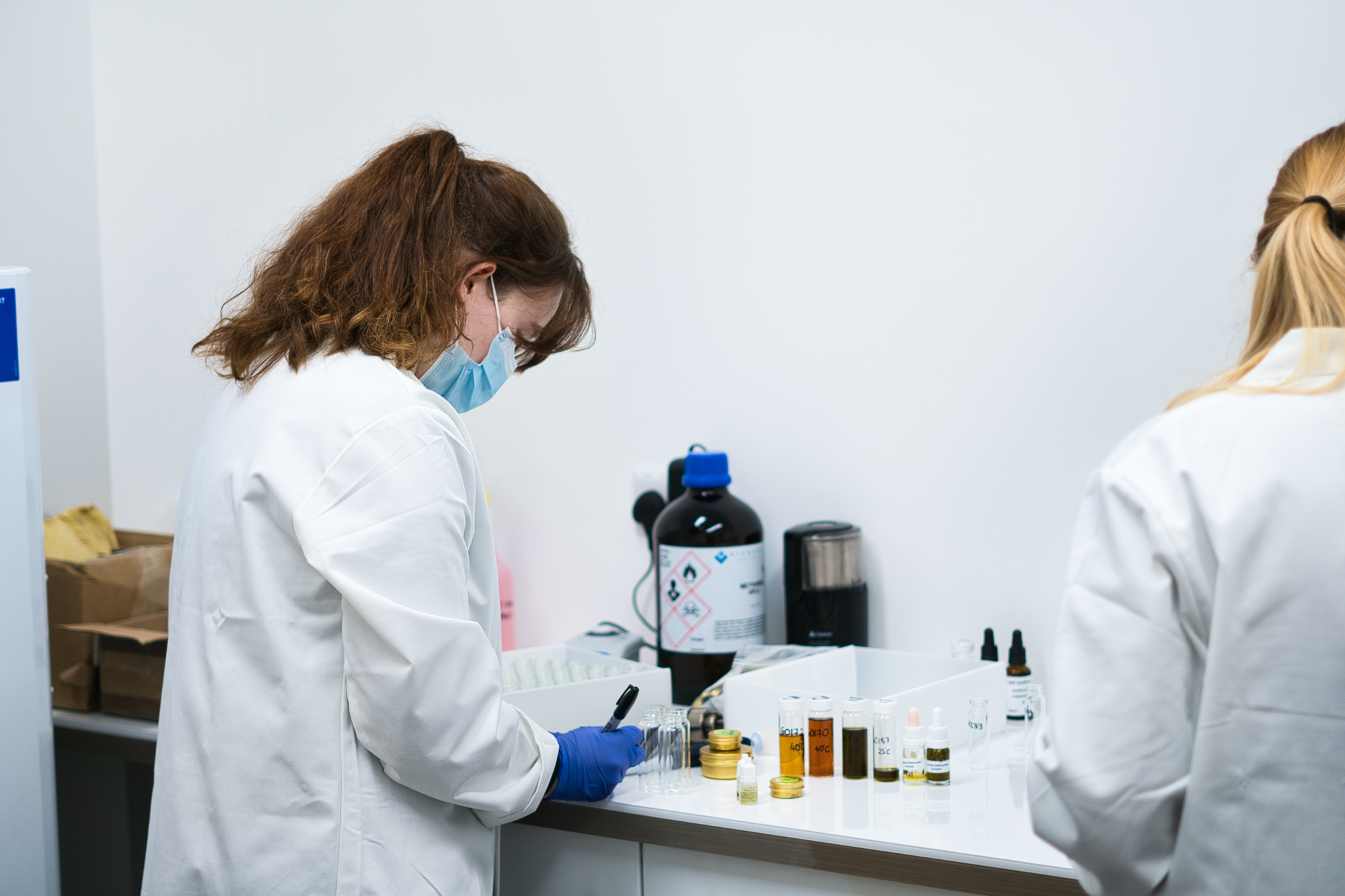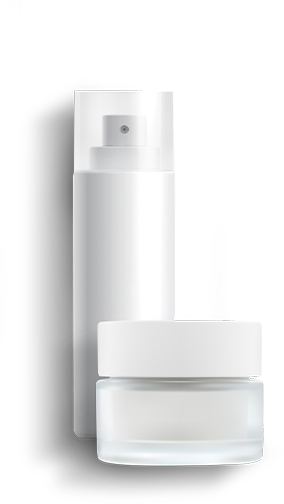In the dynamic world of cosmetics, the harmony between a product and its packaging is not just a matter of aesthetics but also of science. This is where compatibility testing plays a crucial role. It’s a process designed to ensure that cosmetic products not only look good in their packaging but also maintain their integrity, functionality, and safety over time.
The Need for Compatibility Testing
Cosmetic products consist of diverse chemical compounds that may unpredictably interact with their packaging. These interactions can cause a spectrum of issues, ranging from compromising the product’s integrity to damaging the packaging. Not only do these problems impact the quality of the product, but they also present potential hazards to consumer safety.
Compatibility testing is a safeguard. It replicates the various environments a product might face throughout its shelf life, allowing manufacturers to preemptively identify and rectify potential problems before market release.
In the realm of cosmetics, weight loss testing is a crucial aspect of compatibility evaluations. These tests are essential in confirming the compatibility between the product and its packaging, ensuring they align while adhering to set property standards. They are particularly important for determining the rate of product evaporation from its container, a critical factor in maintaining the integrity of cosmetic products.
Following rigorous manufacturing guidelines, we restrict the weight loss to a maximum of 1% of the product’s total weight per month for each type of packaging. The specific allowable percentage of weight loss is tailored to the product’s category and packaging size, safeguarding the long-term quality and efficacy of the cosmetic products.
Key Aspects of Compatibility Testing
- Chemical Reactions: One of the primary concerns is the chemical reaction between the product and its packaging. This includes changes in the product’s pH, colour, odour, or texture, which can result from reactions with the packaging material.
- Physical Interactions: The testing also examines physical interactions, such as whether the packaging can effectively contain and dispense the product without leakage or degradation.
- Temperature Effects: Products are exposed to different temperatures to simulate various storage and transport conditions. This helps in assessing how both the product and packaging respond to temperature variations.
- Weight Loss Testing: A significant aspect of compatibility testing is evaluating weight loss, primarily due to evaporation or leakage. This is particularly crucial for products like creams, lotions, and perfumes, where weight loss can indicate a compromised seal or packaging material that’s permeable to the product.
The Process of Compatibility Testing
The testing generally follows these steps:
- Sample Collection: Products are collected in their final packaging format, along with detailed packaging specifications.
- Controlled Storage: These samples are stored under controlled conditions, typically at varying temperatures, for a predetermined period (commonly 12 weeks).
- Periodic Evaluation: Regular assessments are made for changes in the product’s appearance, colour, odor, packaging integrity , and pump functionality, as well as any weight loss.
- Weight Loss Measurement: The product’s weight is periodically measured to determine any loss due to evaporation or reaction with the packaging. Throughout a 12-week testing period, the packaged products are placed in different positions (such as upright and horizontal) and stored under various conditions, including temperatures of 20°C and 40°C. We regularly measure weight loss percentages during this period.
- Reporting: After the 12-week period, our team of stability experts evaluates whether the observed changes on the parameters including weight loss falls within acceptable parameters. Subsequently, we prepare an exhaustive report that verifies the compatibility and integrity of your cosmetic products in relation to their packaging. This final report provides a thorough analysis of our findings, conclusively determining the suitability of the packaging for the product.
Importance of Compatibility in the Cosmetics Industry
In the cosmetics industry, product integrity and consumer safety are paramount. Compatibility testing ensures that products reach consumers without any degradation in quality or performance. It also plays a vital role in upholding a brand’s reputation and consumer trust.
Compatibility testing in the cosmetics industry is an essential, albeit often overlooked, part of product development. It guarantees that the beauty and efficacy of cosmetic products are preserved from production to the point they are used by consumers. By understanding and implementing rigorous compatibility testing, manufacturers can ensure that their products not only meet but exceed customer expectations and regulatory standards.
Take the next steps
Unlock the potential of your product with ADSL’s expert Microbiology, Laboratory Testing and Formulation services. To learn more, call us at +44 (0) 1803 520 048. Ready for personalized advice? Click ‘Get Started’ below to schedule your complimentary video consultation. We’re here to help your vision succeed.






